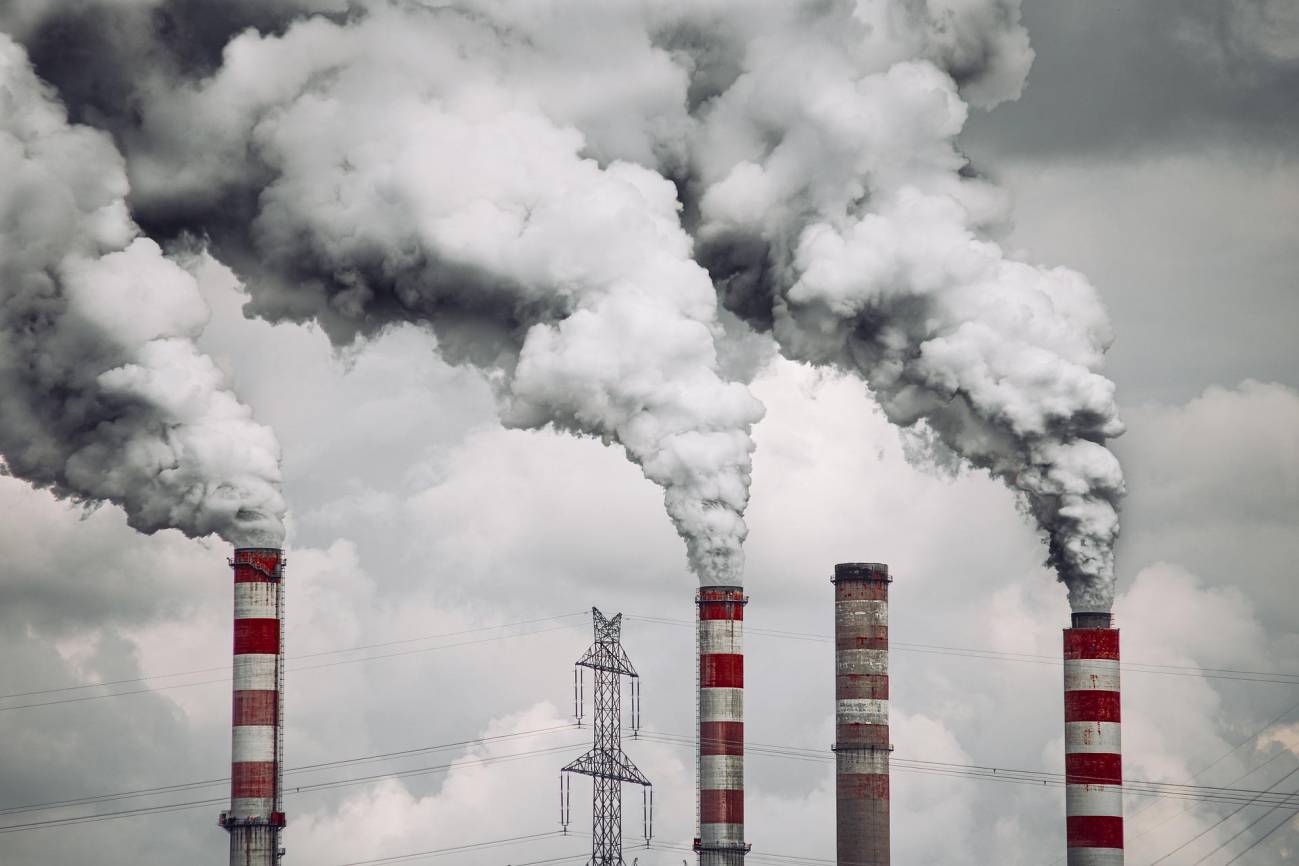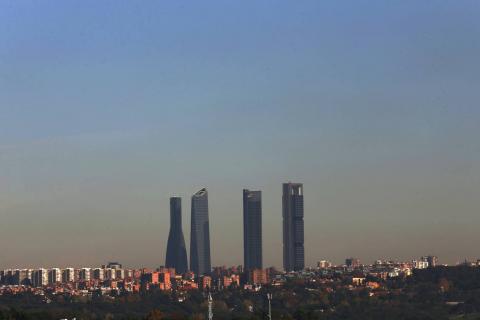Reaction to the ruling against Spain for breaching the air quality directive in Madrid and Barcelona
The Court of Justice of the European Union has condemned Spain for failing to take the necessary measures to prevent continued non-compliance with air pollution limits in Madrid and the metropolitan area of Barcelona between 2010 and 2018. It also includes Baix Llobregat between 2010 and 2017.

Mark - condena
Mark Nieuwenhuijsen
Director of the Urban Planning, Environment and Health Initiative, and head of ISGlobal's Air Pollution and Urban Environment programme
The ECJ ruling against Spain for non-compliance with the EU air quality directive highlights the need for drastic action. This is not a fad, nor is it purely cosmetic: it is about preventing premature deaths and illness. It is estimated that poor air quality causes 300,000 avoidable deaths per year in the EU, as well as millions of new cases of asthma and bronchitis in children and cardiovascular disease, stroke, diabetes, COPD, pneumonia and cancer in adults.
Cities in general - and Barcelona and Madrid in particular - are hotspots of atmospheric pollution and, despite the fact that, to a greater or lesser extent, administrations have tried to adopt measures, it is clear that the pace of action is not fast enough, partly as a result of opposition that from a scientific point of view is unjustified.
The punishment of Spain is particularly alarming because the ruling is for breaching air pollution limits that are, in fact, already obsolete. After examining the large amount of accumulated scientific literature, the WHO decided in 2021 to significantly lower the recommended air pollution ceilings from 40 to 10 µg/m3 for nitrogen dioxide (NO2). In October of this year we learned of the European Commission's proposal to lower the limits allowed in its air quality directive from 40 to 20 µg/m3 for NO2.
If Spain has been punished for its inability to comply with the 40 µg/m3 limit on the annual average of NO2, how can we cut pollution by half or, better still, to the 10 µg/m3 limit set by the WHO, which according to the evidence is much safer for health?
We know that there is no magic bullet and that no single measure can reduce air pollution. The way forward is through a package of policy measures, accompanied by public awareness. We must reduce private motorised traffic in cities and make it cleaner. Public transport and active mobility must be expanded and strengthened in metropolitan areas. We need to make public transport faster than private car journeys.
The roadmap necessarily involves replacing asphalt with green spaces and committing to interventions to green cities and eliminate polluting traffic. We must transform urban motorways into streets and implement and enforce a 30 km/h speed limit throughout the urban core. Low emission zones have proven to be a useful element: they need to be extended and their use restricted to even less polluting vehicles. We need to extend cycle lane infrastructure, even beyond municipal boundaries. And eliminate traffic within a radius of at least 200 metres around schools.



